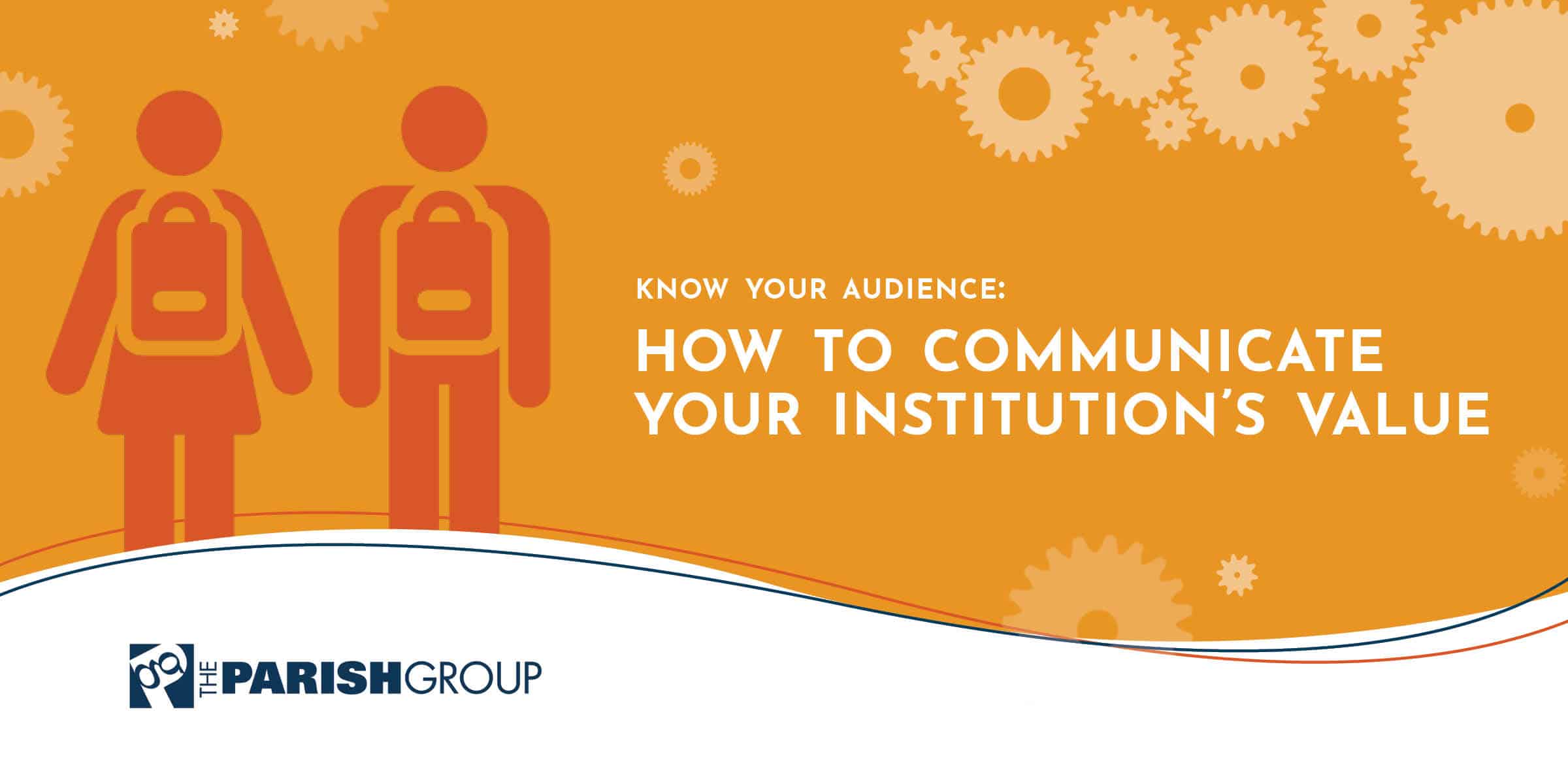
With the sheer number of colleges and universities out there, it’s no wonder some students don’t find the right fit on their first try. Yet there are a tremendous amount of opportunities for transfer-bound students. Transfer rates are climbing steadily, now making up 13.2 percent of all continuing and returning undergraduates.
Every student’s journey through higher education is like a fingerprint—totally unique. They’re influenced by all sorts of things, some within their control and some not so much.
There are those who transfer from one four-year institution to another, while others transfer from a community college to a four-year institution, and many different pathways in between.
But no matter the path, transferring comes with its fair share of challenges. From financial strains to a lack of academic support, there’s plenty of roadblocks that can trip students up along the way.
Understanding why students decide to transfer and the obstacles they face is key to making the whole process smoother and more supportive.
Motivations
Transfer students are a breed apart. While they may get lumped in with first-year students, they’re anything but rookies.
These are folks who’ve already dipped their toes into the waters of higher education, gone through the whole freshman experience, sat through orientations, and now, they’re on the hunt for their next destination; perhaps something better-fit or just plain different from their current or previous institution.
They’ve got a clearer sense of what they’re looking for—or what they’re looking to change—from their next academic home.
Then there are vertical transfer students who start at community college with a strategic plan to finish their degree at a four-year institution.
Acknowledging the diverse needs of transfer students is crucial in providing them with the support to succeed. From the outset, these students have intrinsic motivations and needs that set them apart from traditional degree-seekers.
Challenges
Both the transferring-from and transferring-to institutions must recognize the resilience and determination of transfer students and provide them with the resources and encouragement they need to thrive.
Throughout their academic journey, transfer students encounter various stages, each presenting its own set of challenges. Without support and guidance, disengaged students may not continue to pursue a degree.
But it doesn’t have to be this way. Institutions can step up by smoothing out the transfer process, offering financial aid, providing personalized academic support, and creating a sense of community on campus. Let’s help remove the barriers for these students.
What is Admissions’ Role?
Understanding the struggles of transfer students and offering support isn’t just about them—it’s about creating a college environment where everyone feels valued and empowered to succeed.
It’s also about breaking the cycle of “this is how we’ve always done it.”
That’s where folks like Paul Singh, Associate Director of College Relations for Phi Theta Kappa Honor Society, come in. With his own experience as a transfer student and more than a decade working with transfers in higher ed, he’s got insights on how institutions can help these students.
Paul Singh was at one time a transfer student himself. After years of experience in a transfer-focused admission role, he’s now shared with us some of his thoughts on the demographic.
Navigating the journey as a transfer student can often feel like a winding road, where each turn presents a potential detour. In this journey, the role of admissions in guiding students toward enrollment is paramount, with effective communication serving as the compass.
“In my experience working with transfer students, especially highly engaged PTK members, I have learned they want to connect sooner rather than later. I know I had to keep the channels open and respond to them individually, which can be challenging but worth it since higher touch points result in higher yield.”
Unfortunately, even the most responsive counselors may be limited by their resources.
Staff shortages are a real issue, and it means that personalized responses might not always be possible. But whether you’ve got a whole team behind you or you’re flying solo, understanding what drives transfer students is key.
Leveraging resources beyond the immediate counseling team, such as faculty and staff from other departments, is instrumental in easing this potential burden.
Not only does it distribute workload, but it also connects students with various campus figures, enriching their overall experience and sense of belonging.
Examine Your Current Strategies
Transfer students come from all walks of life. Some are used to getting support from all angles, while others have had a rough time. Building relationships—not just ticking boxes—is the way forward.
“Forging relationships through recruitment versus a transactional process allows you to better serve the student as well as get a pulse on what students want and need,” says Singh.
Examining current enrollment practices offers a starting point for crafting strategies tailored to transfer students.
As Singh puts it, “A lot of enrollment work happens behind the scenes (reviewing applications, evaluating transcripts, and student communication via various channels) so when do we get in front of students to share our institution’s story?”
Diving into existing processes can reveal gaps through which students may slip, prompting reassessment and refinement for this demographic.
“I urge four-year college representatives to invite prospective transfer students to campus as early as possible to build affinity and a sense of connection.”
Transfer students, at the end of the day, are go-getters. They know what they want, and they’re not afraid to go after it. Chatting with them and getting their feedback is the best way to make sure you’re giving them the support they need to succeed.
Want to Talk Transfer Strategy?
The Parish Group is at your service. Our team of enrollment experts and professionals can help you enhance your school’s transfer enrollment and marketing efforts.
Reach out at success@parishgroup.com or call our office at 828-505-3000 to learn more.
Together we do BIG things.
Special thanks to Paul Singh for his insight on this article!







